Advanced technology is about achieving performance that meets demand with the lowest possible cost, and the economy is the first factor to consider when applying technology.
Investment in induction hardening equipment
Induction hardening equipment has a relatively small investment cost. For example, for hardening equipment of medium-sized gears, an investment of around 8 million yuan is needed for a continuous carburizing line for a gear, plus a total of about 15 million yuan for auxiliary equipment such as hardening presses and lifting devices.
For the same production capacity comparison, two sets of automatic hardening machines are required for induction hardening, with a price of only about 1 million yuan per set, which is only 10% to 20% of the carburizing equipment cost.
Compared with multi-purpose furnaces, the production capacity of one set of induction hardening machines is equivalent to at least three multi-purpose furnaces, and the investment is equivalent to 50% of the multi-purpose furnace (including auxiliary systems).
The equipment's floor space and installation are also important parts of cost expenditure. Carburizing equipment occupies a large floor space, and it has high requirements for water, electricity, and gas in the factory, leading to large investments in production workshops and high installation costs. Induction hardening equipment occupies a small floor space and is easy to install, making it much cheaper.
Production operation costs and speed of induction hardening
The low production operation cost of induction hardening is also an important indicator of its promotion value. Statistics show that the energy consumption of induction hardening is about 20% of carburizing hardening, and the consumption of hardening medium is about 30%, while the cost of equipment maintenance and consumable parts is about 20%. The emissions of production waste are also very low.
Induction hardening can achieve rapid heating, with a heating time of several seconds to tens of seconds, making the production speed very fast. It has advantages in reducing labor costs.
Materials for induction hardening of heat-treated parts
Developed countries have a dedicated series of materials for induction hardening, but dedicated materials do not necessarily mean high costs. They are just adjustments made to achieve better results.
The selection range for induction hardening is the widest, and because of its unique excellent performance, low-cost materials can be used to replace high-priced carburizing materials.
Carburizing treatment requires high temperature and long time, and it is necessary to pay special attention to controlling the growth of grain size. Therefore, carburizing steel must contain certain amounts of fine-grain refining alloy elements.
Processing after induction hardening
In practice, the problem of carburizing layer being worn off often arises in subsequent grinding processes for carburizing hardening. The reason is that the carburizing layer is relatively shallow and deviates after heat treatment.
Compared with carburizing and other chemical heat treatments, the hardening layer of induction hardening is deeper, bringing greater flexibility to subsequent processing and reducing the requirements for pre-treatment processes, thus reducing costs and scrap rates.

 en
en  cn
cn  jp
jp  ko
ko  de
de  es
es  it
it  ru
ru  pt
pt  vi
vi  th
th  pl
pl 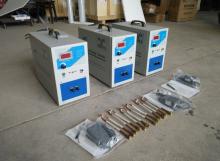
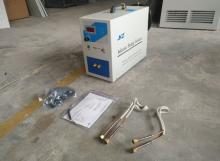

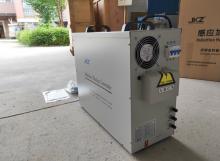


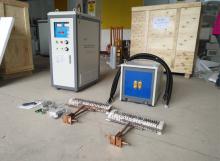
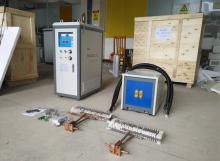

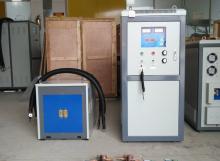

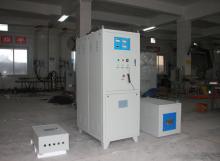

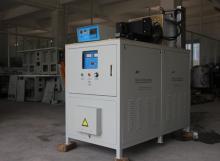
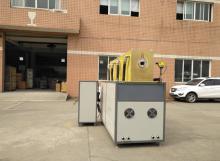
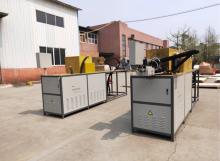
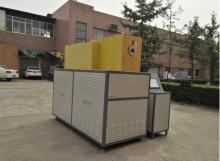
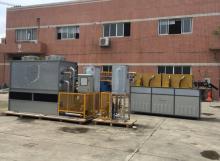
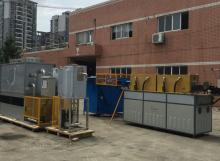
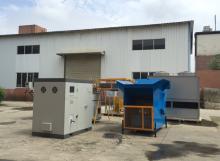
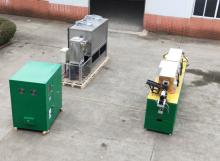
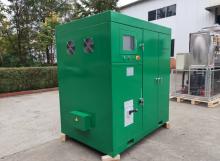
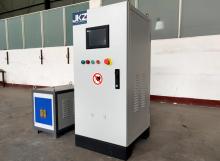
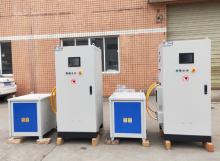


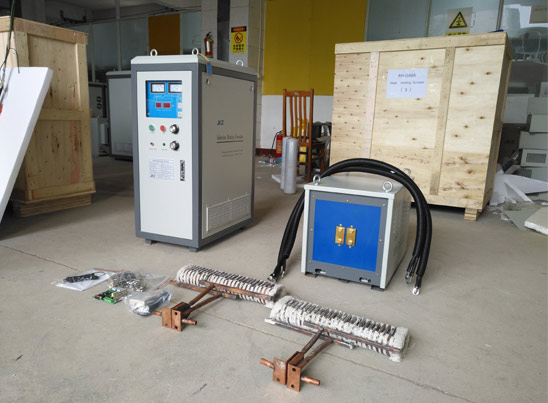
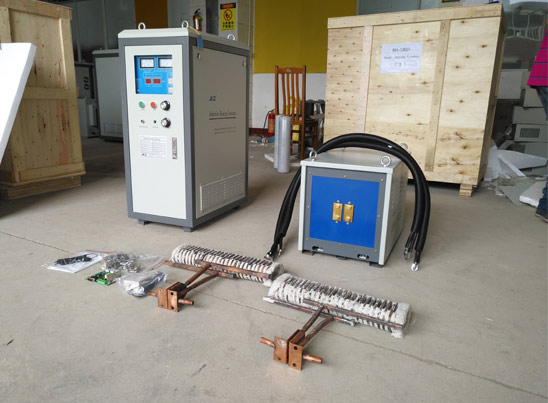


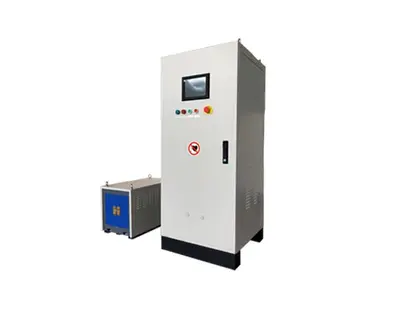


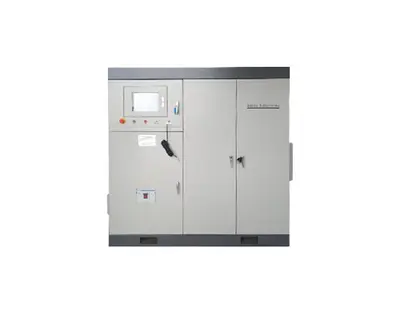
 Call us on:
Call us on:  Email Us:
Email Us:  NO. 688th South Baoguang Road, Xindu District, Chengdu City, Sichuan Province, China
NO. 688th South Baoguang Road, Xindu District, Chengdu City, Sichuan Province, China